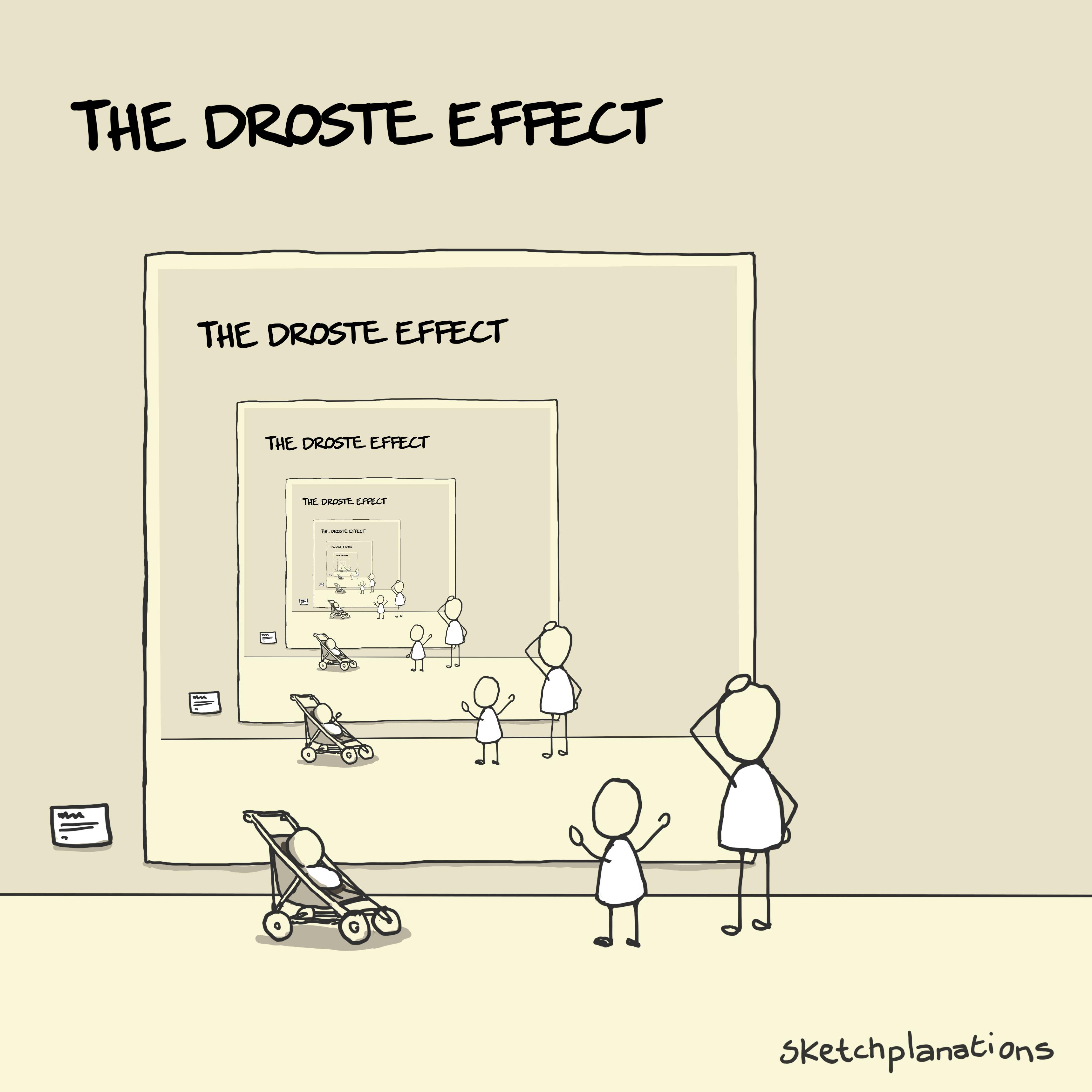
Hotel Drying Technique
Here's a helpful technique when you want to freshen-up some clothing at a hotel and need it to dry quickly. It's useful when you've packed one day short or need an extra day's wear out of something. The hotel drying technique: Wash the item in the sink/shower. Rinse out as much as you can directly with a squeeze. Lay a towel flat and place the item on top. Roll the towel up tight, making multiple layers of clothing, towel, clothing, towel. Wring the towel well, working your way up and down. A lot of the water will transfer from the clothes to the towel. Repeat as necessary, perhaps placing the item in a different, drier patch of the towel. Leave the item to dry that last bit overnight while you sleep. With any luck, your underwear will be wearable again in the morning. And if it's not quite there, there's often a hair dryer to help finish off. Of course, the technique works anywhere, but it's convenient in hotels where you don't have to worry about drying the towel afterwards. This tip was discovered by my wife—like many of my most handy lifehacks—in this case while backpacking together in Central America. Also see: Hotel HQ; Enjoy your hotel room more…Here's a helpful technique when you want to freshen-up some clothing at a hotel and need it to dry quickly. It's useful when you've packed one day short or need an extra day's wear out of something. The hotel drying technique: Wash the item in the sink/shower. Rinse out as much as you can directly with a squeeze. Lay a towel flat and place the item on top. Roll the towel up tight, making multiple layers of clothing, towel, clothing, towel. Wring the towel well, working your way up and down. A lot of the water will transfer from the clothes to the towel. Repeat as necessary, perhaps placing the item in a different, drier patch of the towel. Leave the item to dry that last bit overnight while you sleep. With any luck, your underwear will be wearable again in the morning. And if it's not quite there, there's often a hair dryer to help finish off. Of course, the technique works anywhere, but it's convenient in hotels where you don't have to worry about drying the towel afterwards. This tip was discovered by my wife—like many of my most handy lifehacks—in this case while backpacking together in Central America. Also see: Hotel HQ; Enjoy your hotel room moreWWW…
Read more…





